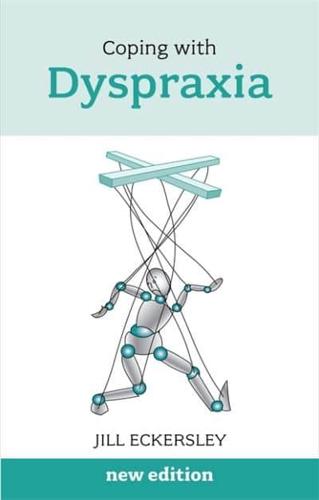Publisher's Synopsis
Dyspraxia is believed to affect up to 10% of the population, and involves difficulties with physical co-ordination. Children with dyspraxia may find it hard to learn to write, tie shoelaces or join in P.E. lessons. Adults with dyspraxia may find everyday tasks problematic, such as using a tin-opener, having a bath, playing sport or, in some cases, even speaking clearly. This updated edition of Coping with Dyspraxia explains how this condition may affect people, and how to cope with it, at any stage of life. Topics include: what causes dyspraxia getting a diagnosis children at nursery and school teenagers and life skills support for adults who can help - conventional treatment complementary therapies the future sources of further information and help.










